In memoriam: John Giorno (1936-2019)
The performance artist, poet and AIDS activist has died aged 82 at his Lower Manhattan home in New York
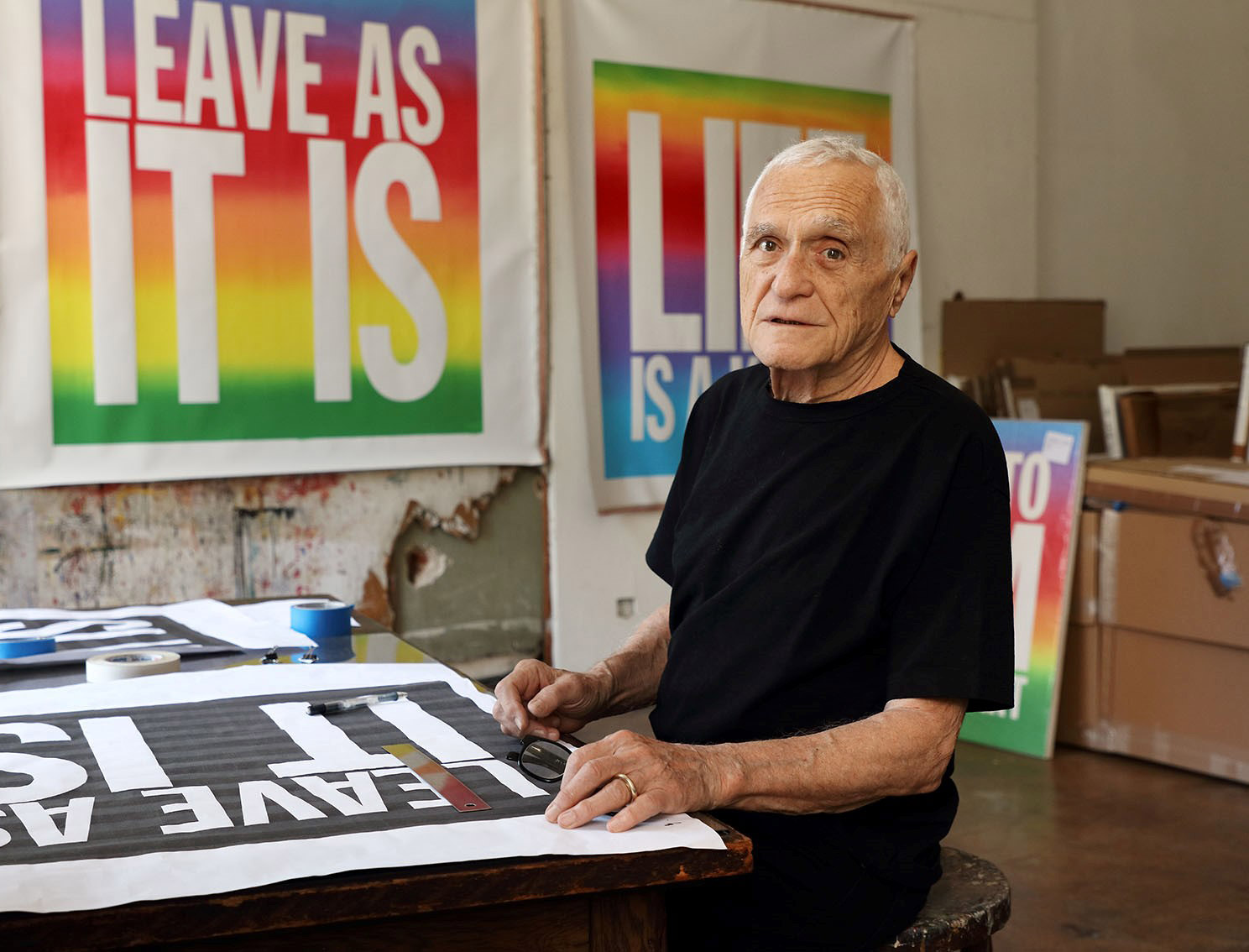
Known for his starring role in Andy Warhol’s film Sleep, John Giorno passed away on 11 October after suffering a heart attack, it was confirmed by his husband, the Swiss artist Ugo Rondinone. Over his 50-year career, the artist’s practice expanded beyond poetry to encompass film, painting, sound installation and sculpture.
Rondinone curated Giorno’s first retrospective, staged by the Palais de Tokyo in Paris in 2015. More recently, Giorno created an augmented reality public artwork for Apple’s [AR]T Walk project, while last month New York gallery Sperone Westwater opened its first show of work by Giorno (running until 26 October), including new text paintings, watercolours, and for the first time in the US, bluestone sculptures carved with poetic phrases.
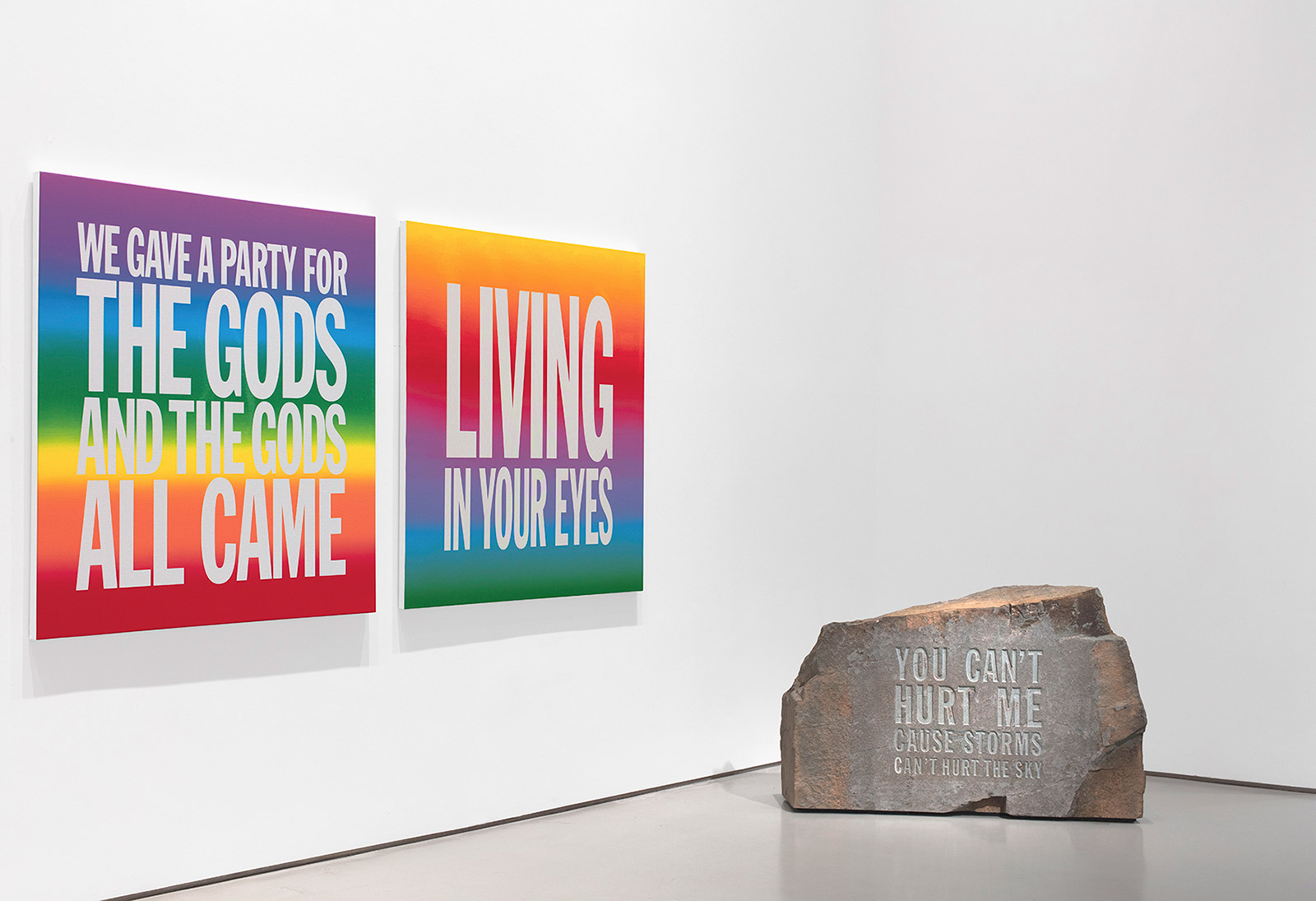
View of his exhibition ‘DO THE UNDONE’ at Sperone Westwater, New York
Giorno, who was born in 1936, spent his childhood between Brooklyn and Long Island, the son of Italian-American immigrants whose ancestors can be traced back to Puglia nobility. His father, Amadeo Giorno, ran a clothing company in which his mother, Nancy Garbarino, worked as a designer. Giorno was raised Catholic, and was quoted as saying he came to terms with being gay after realising he was attracted to male priests while at Sunday Mass with his parents.
While in his early twenties, Giorno briefly worked in New York City as a stockbroker. But, in 1962 he met Warhol during the artist’s first New York solo pop art exhibition at Eleanor Ward’s Stable Gallery. The pair quickly developed an intense romantic relationship over the course of the next two years, during which they lived together on and off. Warhol’s film, made the next year at their flat and shot on a Bolex camera fixed on a tripod, lasted for more than five hours, capturing the 26-year-old Giorno’s naked body as it rested in the depths of sleep. Warhol made the film after finding inspiration in Renaissance depictions of Jesus Christ.
Through Warhol, Giorno became friends with the writer William S Burroughs whose circle included Beatnik poets Allen Ginsberg, Lucien Carr and Neal Cassady. He also met that other icon of the pop art movement, Robert Rauschenberg. Later, he and Rauschenberg would also become lovers. Giorno’s primary medium of interest was poetry. He was inspired by Warhol, Rauschenberg and other doyens of The Factory too, in poetry as in art, finding creative inspiration in everyday objects, and using new technology to explore ways to reach out to audiences beyond the spheres of art and literature.
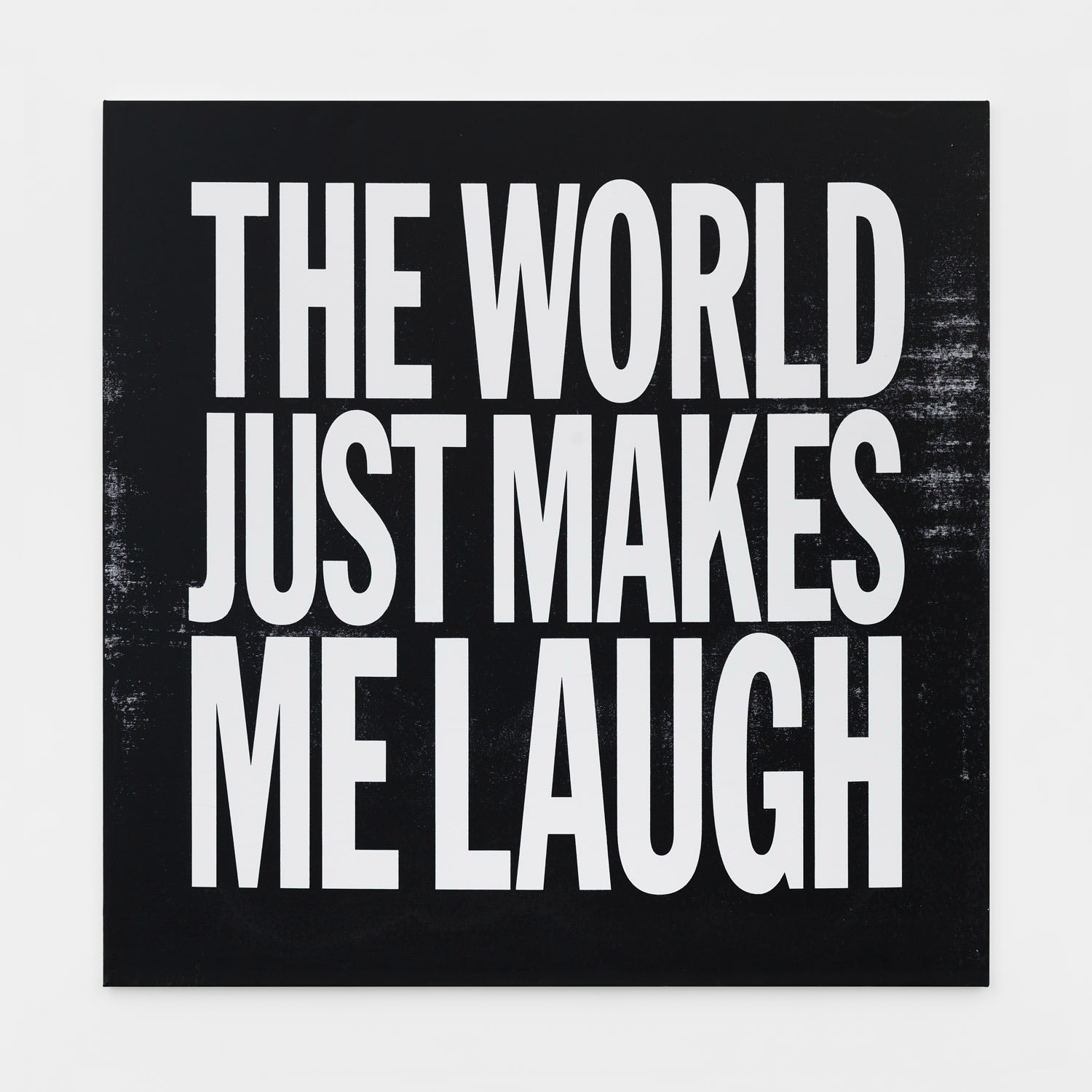
THE WORLD JUST MAKES ME LAUGH, 2017, by John Giorno. Courtesy of Sperone Westwater
With this in mind, he founded Giorno Poetry Systems, a non-profit foundation which in 1968 launched Dial-A-Poem, a public artwork comprising six phone lines connected to answering machines housed at the Architectural League on Manhattan’s Upper East Side. Anyone could (and still can) call the number, at any time, and hear, from the end of the line, the voices of Ginsberg, Rauschenberg, Laurie Anderson, Philip Glass, Patti Smith and Robert Mapplethorpe as they read their luminous poetry.
In an era when being gay was not yet an accepted lifestyle – even in New York – the content of Dial-A-Poem was often explicitly sexual and homoerotic in content, not least with Giorno’s own celebration of queer sexuality, 1964’s Pornographic Poem. Millions of people rang in. Two years later, in 1970, Dial-A-Poem was prominently featured in curator Kynaston McShine’s watershed exhibition ‘Information’ at MoMA. Giorno said at the time: ‘Using the telephone as a new media, I wanted to expand our conception of art and expose poetry to a public who would not otherwise be responsive to it. Also, much poetry is meant to be heard, not merely read.’
Giorno lived through the AIDS crisis that laid waste to the gay community of New York in the mid-1980s, which saw the community aggressively ostracised even further to the margins of society when little was known of the disease. After losing many of his own friends, Giorno founded the AIDS Treatment Project in 1984, a charity that gave direct financial and other support to individuals with AIDS. The charity continues its work for AIDS victims today. What’s more, Dial-A-Poem remains in operation. So, in Giorno’s memory, if you’re ever in need of sex, passion and beauty spoken down the phone, just call 641-793-8122.
![Giorno’s Now at the Dawn of My Life, 2019, for Apple’s [AR]T Walk features homespun wisdom against the backdrop of his city](https://cdn.mos.cms.futurecdn.net/Z3JRhzDvfBHYj6VXEQZKrR.jpg)
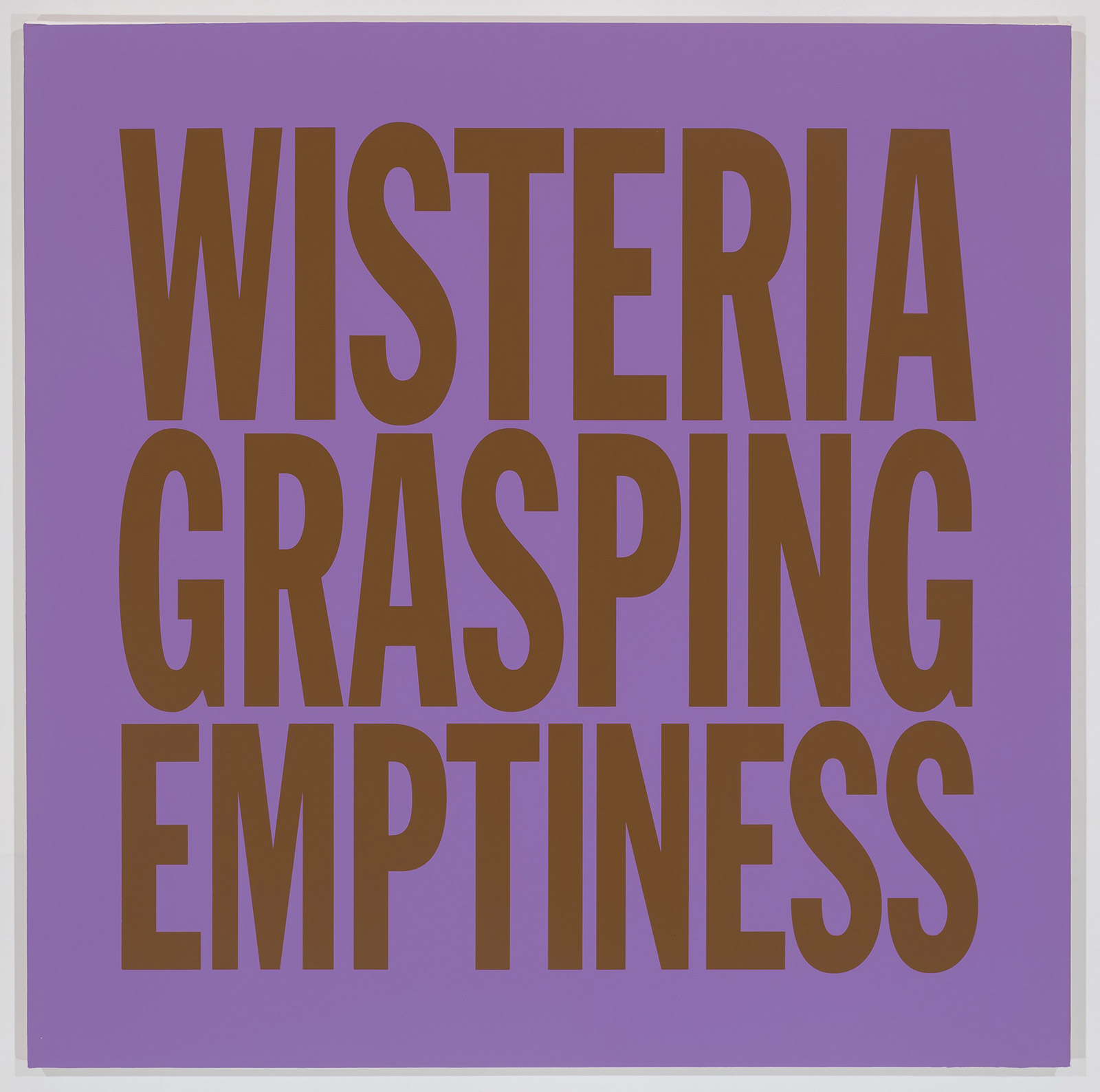
WISTERIA GRASPING EMPTINESS, 2017, by John Giorno

View of the exhibition ‘DO THE UNDONE’ at Sperone Westwater, New York
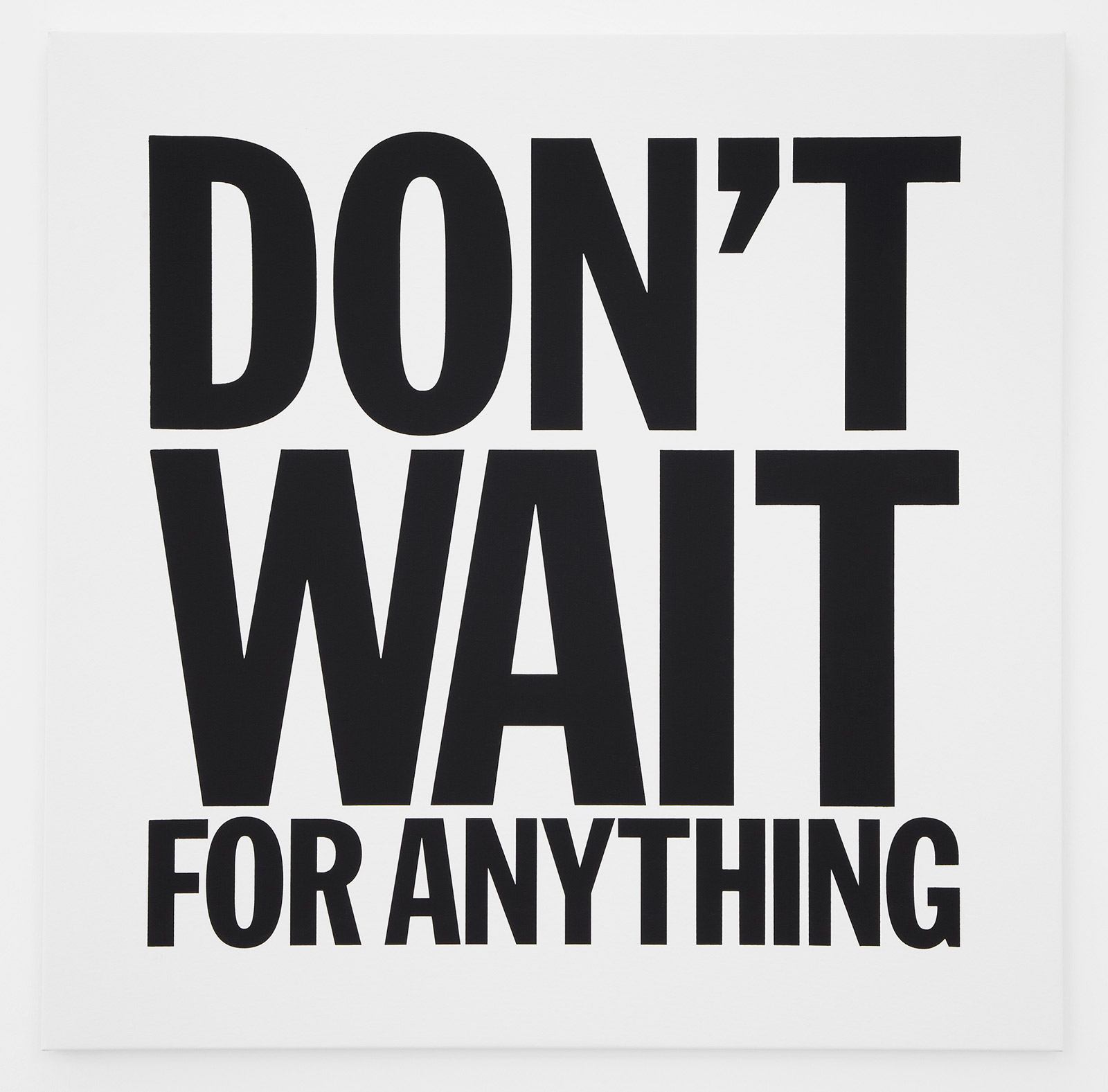
DON’T WAIT FOR ANYTHING, 2012 by John Giorno
INFORMATION
Receive our daily digest of inspiration, escapism and design stories from around the world direct to your inbox.
Tom Seymour is an award-winning journalist, lecturer, strategist and curator. Before pursuing his freelance career, he was Senior Editor for CHANEL Arts & Culture. He has also worked at The Art Newspaper, University of the Arts London and the British Journal of Photography and i-D. He has published in print for The Guardian, The Observer, The New York Times, The Financial Times and Telegraph among others. He won Writer of the Year in 2020 and Specialist Writer of the Year in 2019 and 2021 at the PPA Awards for his work with The Royal Photographic Society. In 2017, Tom worked with Sian Davey to co-create Together, an amalgam of photography and writing which exhibited at London’s National Portrait Gallery.
-
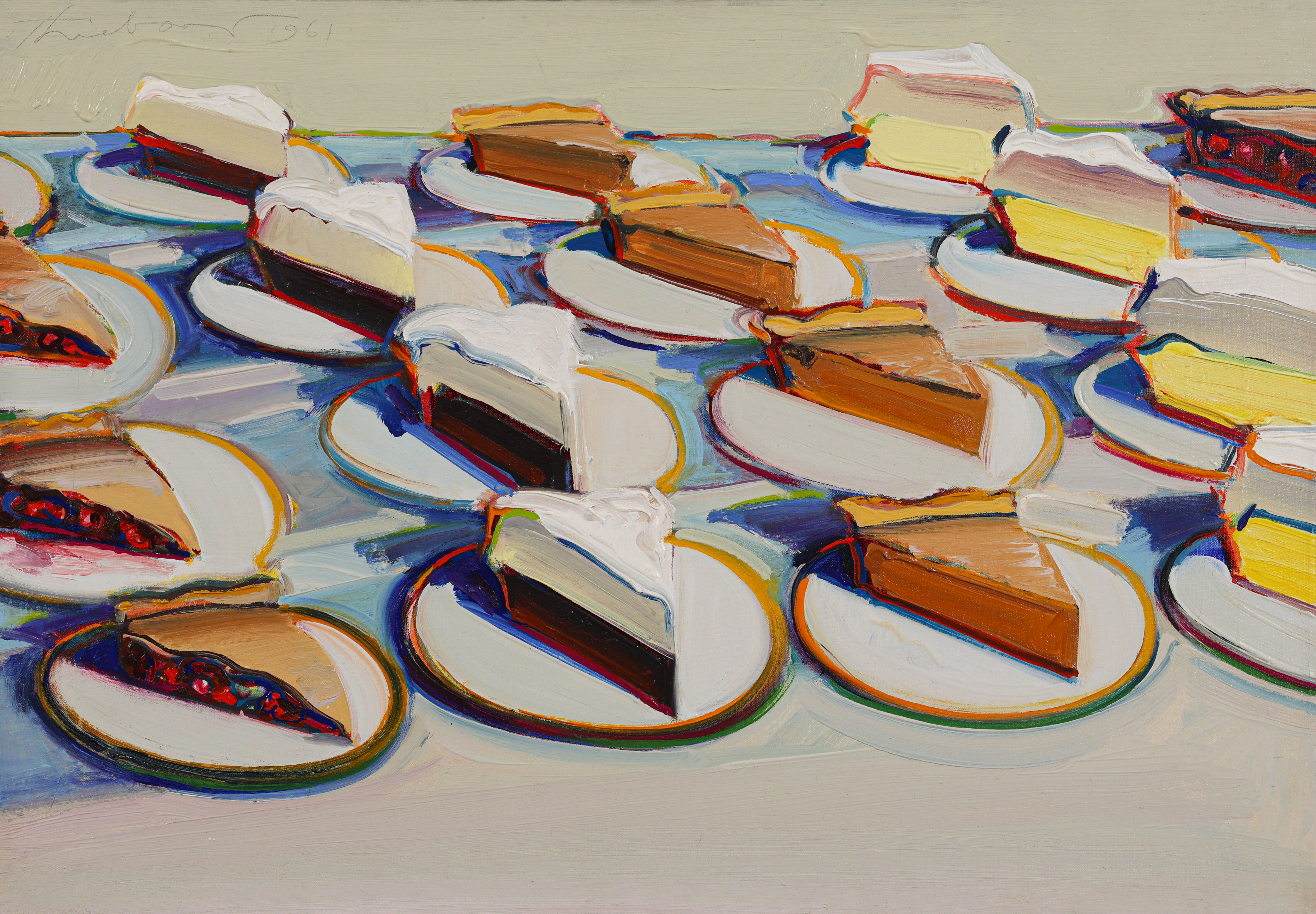 Why are Wayne Thiebaud’s paintings at the Courtauld quite so tempting?
Why are Wayne Thiebaud’s paintings at the Courtauld quite so tempting?The American artist’s thickly painted slices of cake at the Courtauld are some of our favourite artworks seen this year. What makes them so special?
-
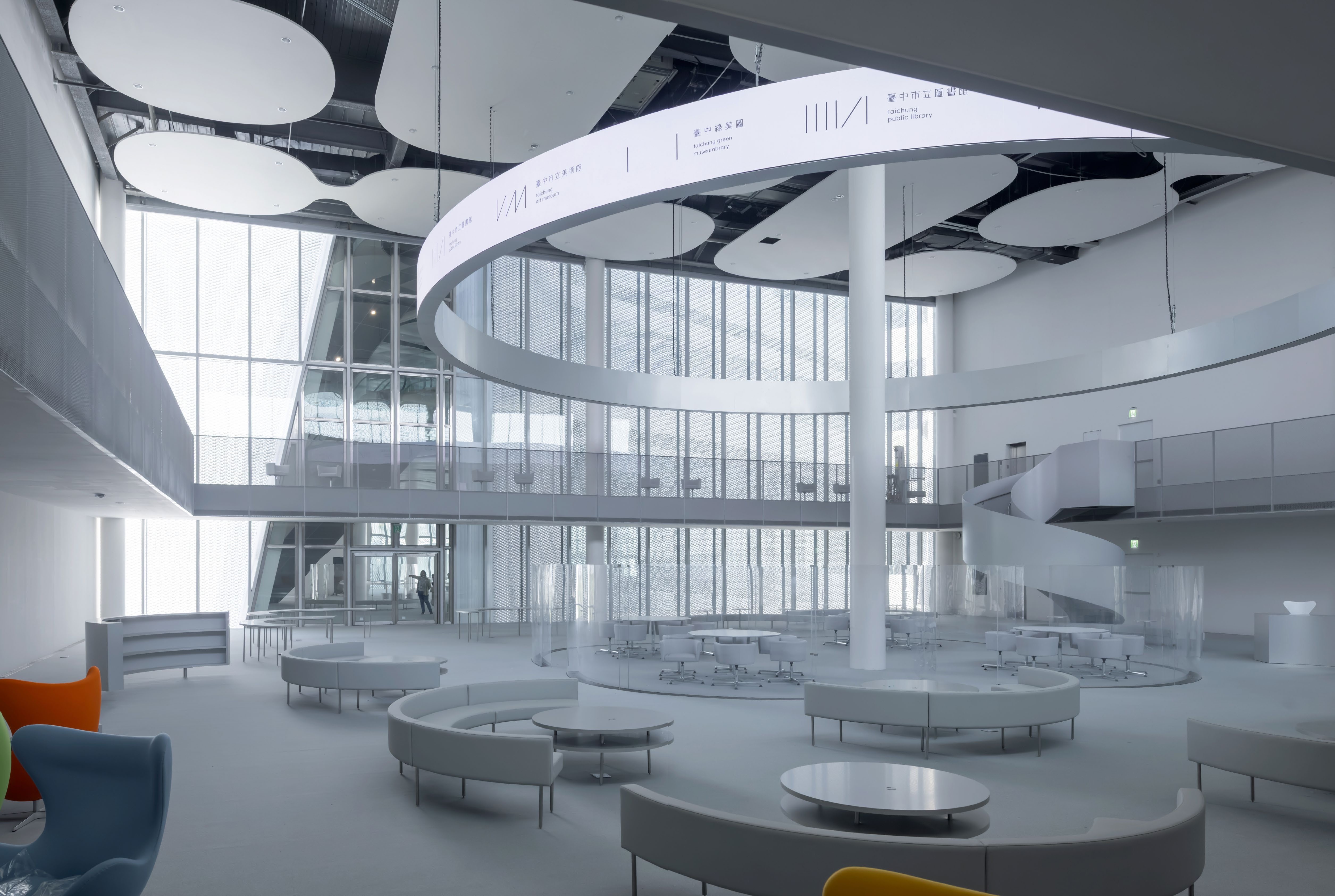 Taiwan’s new ‘museumbrary’ is a paradigm-shifting, cube-shaped cultural hub
Taiwan’s new ‘museumbrary’ is a paradigm-shifting, cube-shaped cultural hubPart museum, part library, the SANAA-designed Taichung Green Museumbrary contains a world of sweeping curves and flowing possibilities, immersed in a natural setting
-
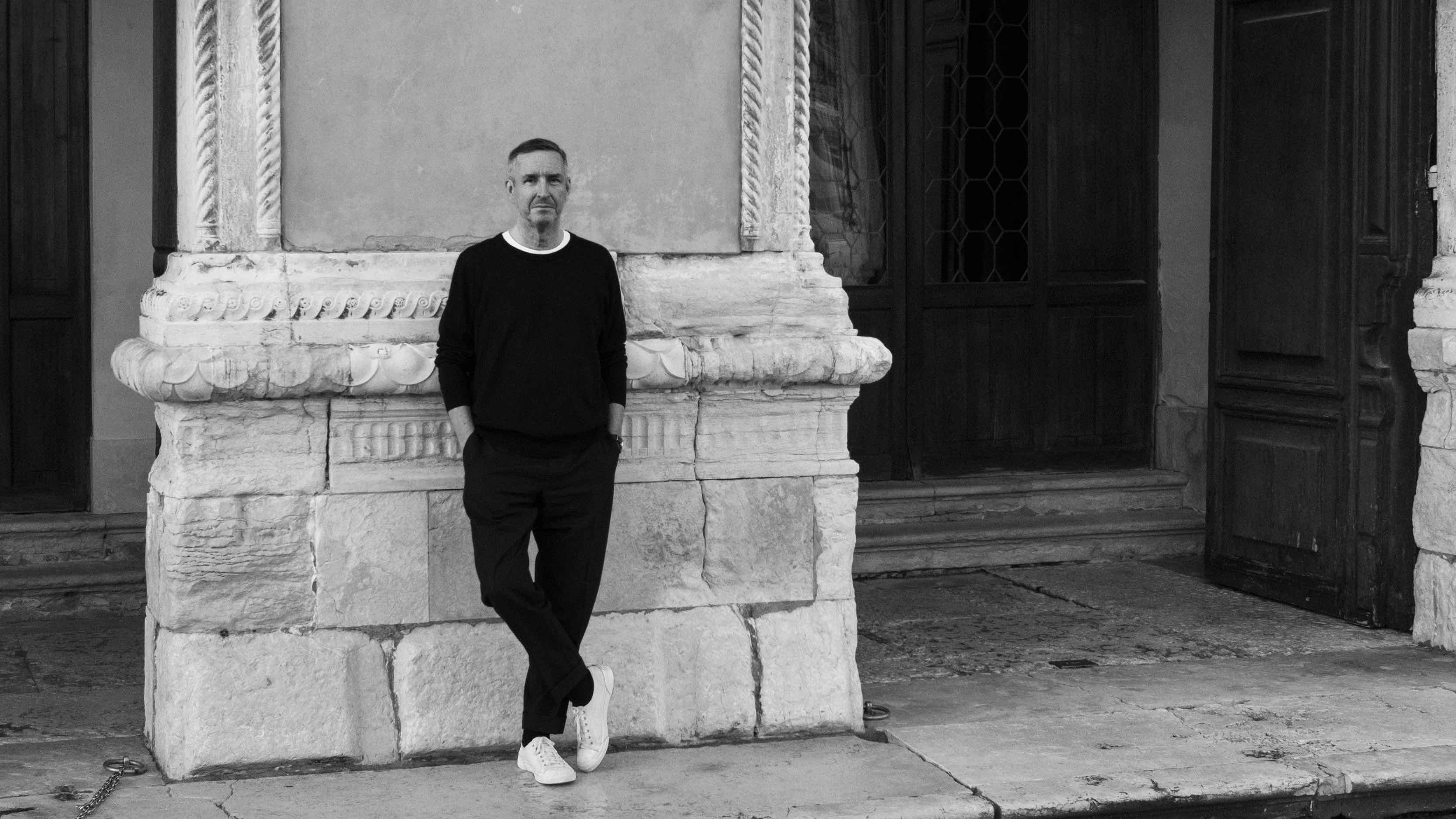 Dries van Noten on why he's building a new home for craft in Venice
Dries van Noten on why he's building a new home for craft in VeniceA year after departing the runway, Dries van Noten unveils his next chapter: the Fondazione Dries Van Noten, a newly announced cultural initiative in Venice celebrating craft in all its forms. Wallpaper* meets the designer to find out why he’s not ready to retire.
-
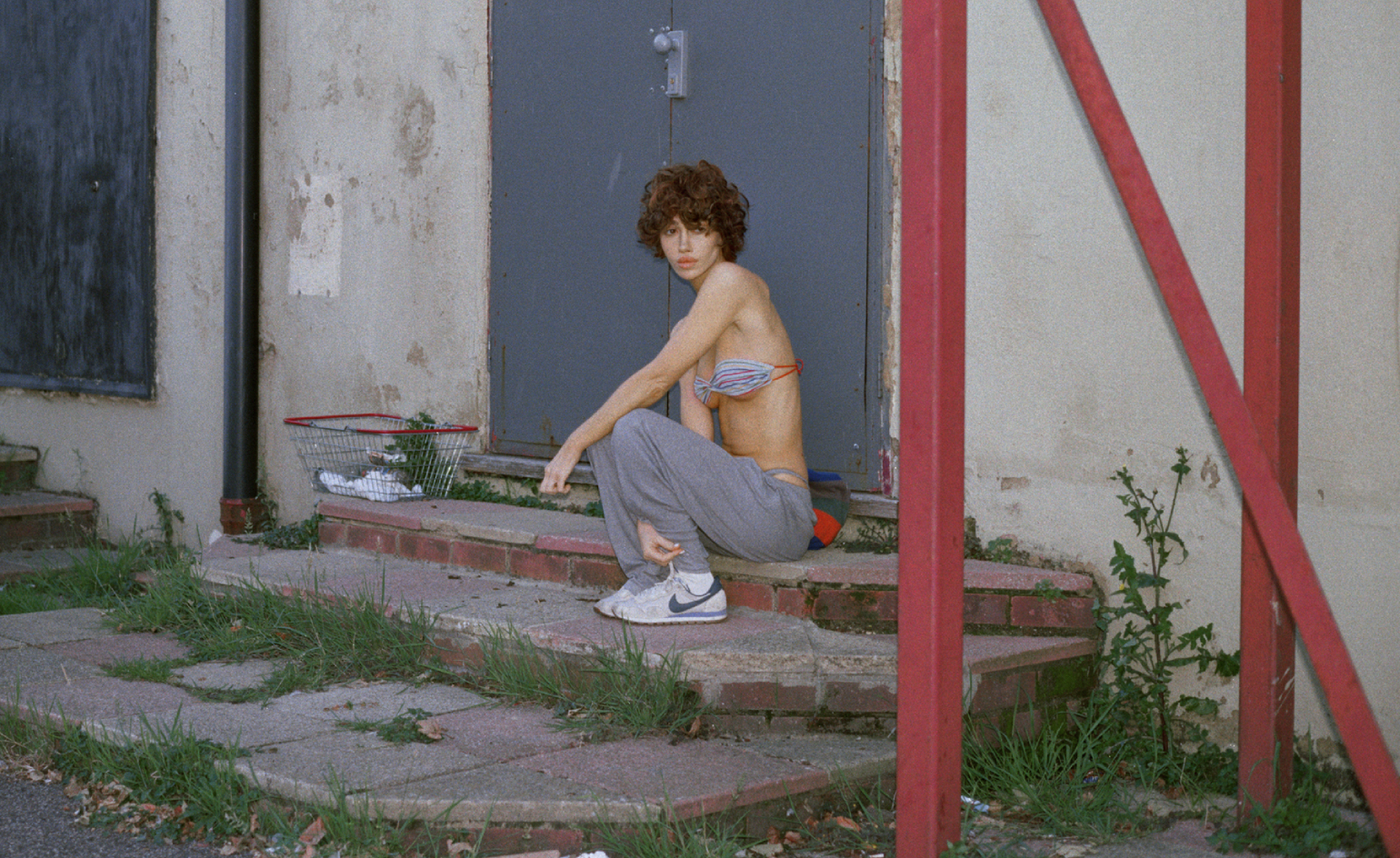 Nadia Lee Cohen distils a distant American memory into an unflinching new photo book
Nadia Lee Cohen distils a distant American memory into an unflinching new photo book‘Holy Ohio’ documents the British photographer and filmmaker’s personal journey as she reconnects with distant family and her earliest American memories
-
 Out of office: The Wallpaper* editors’ picks of the week
Out of office: The Wallpaper* editors’ picks of the weekIt’s been a week of escapism: daydreams of Ghana sparked by lively local projects, glimpses of Tokyo on nostalgic film rolls, and a charming foray into the heart of Christmas as the festive season kicks off in earnest
-
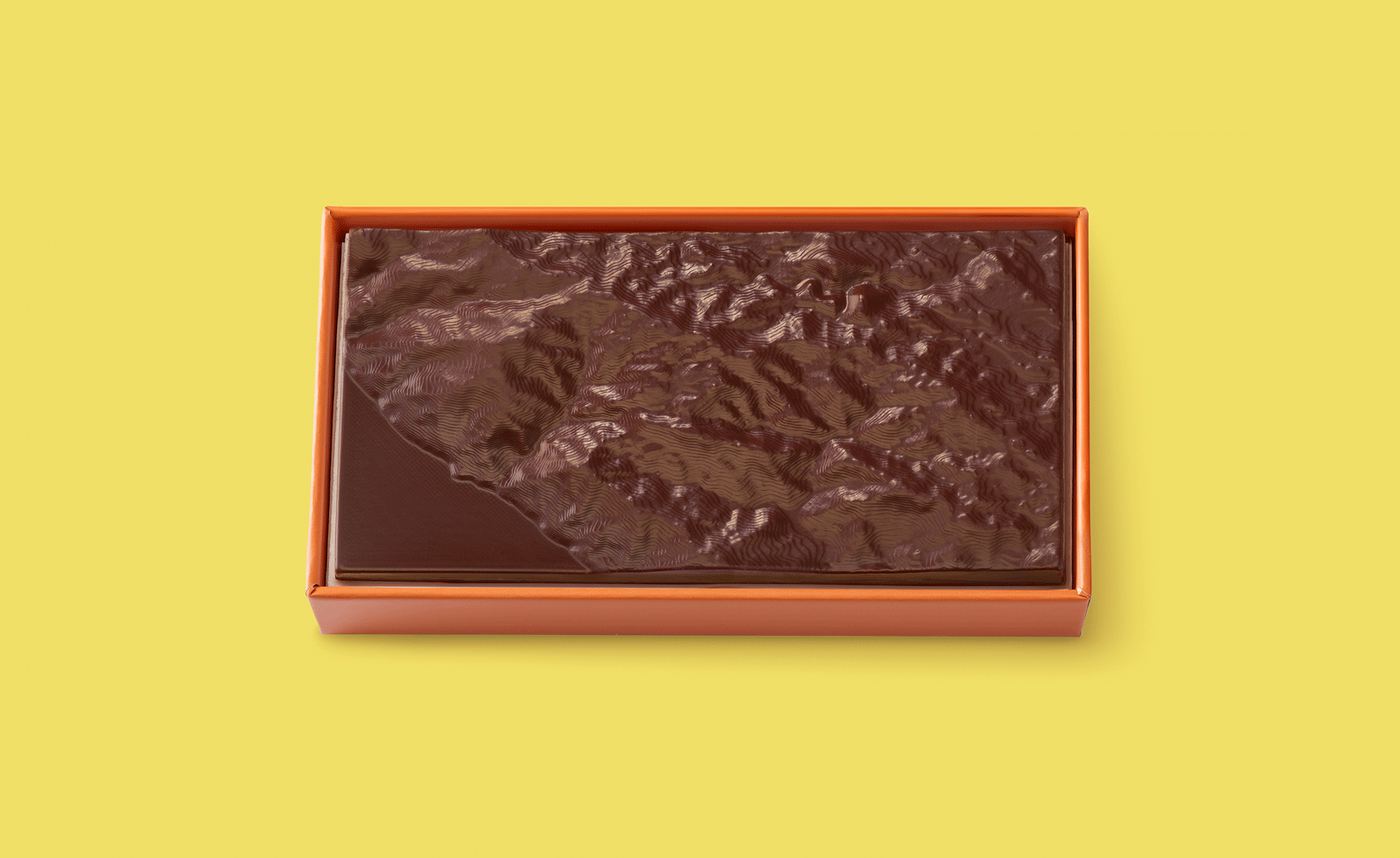 Ed Ruscha’s foray into chocolate is sweet, smart and very American
Ed Ruscha’s foray into chocolate is sweet, smart and very AmericanArt and chocolate combine deliciously in ‘Made in California’, a project from the artist with andSons Chocolatiers
-
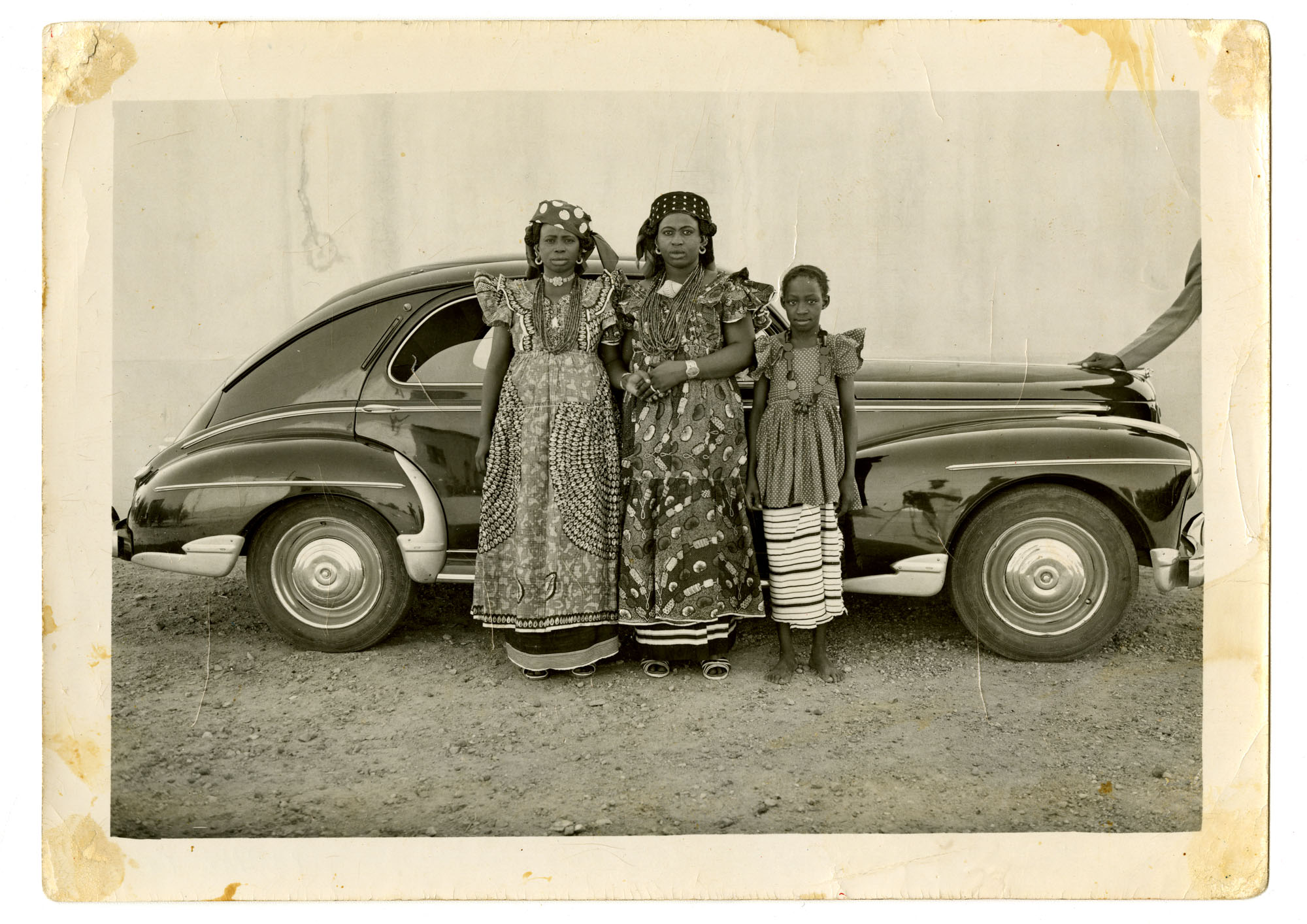 Inside the work of photographer Seydou Keïta, who captured portraits across West Africa
Inside the work of photographer Seydou Keïta, who captured portraits across West Africa‘Seydou Keïta: A Tactile Lens’, an exhibition at the Brooklyn Museum, New York, celebrates the 20th-century photographer
-
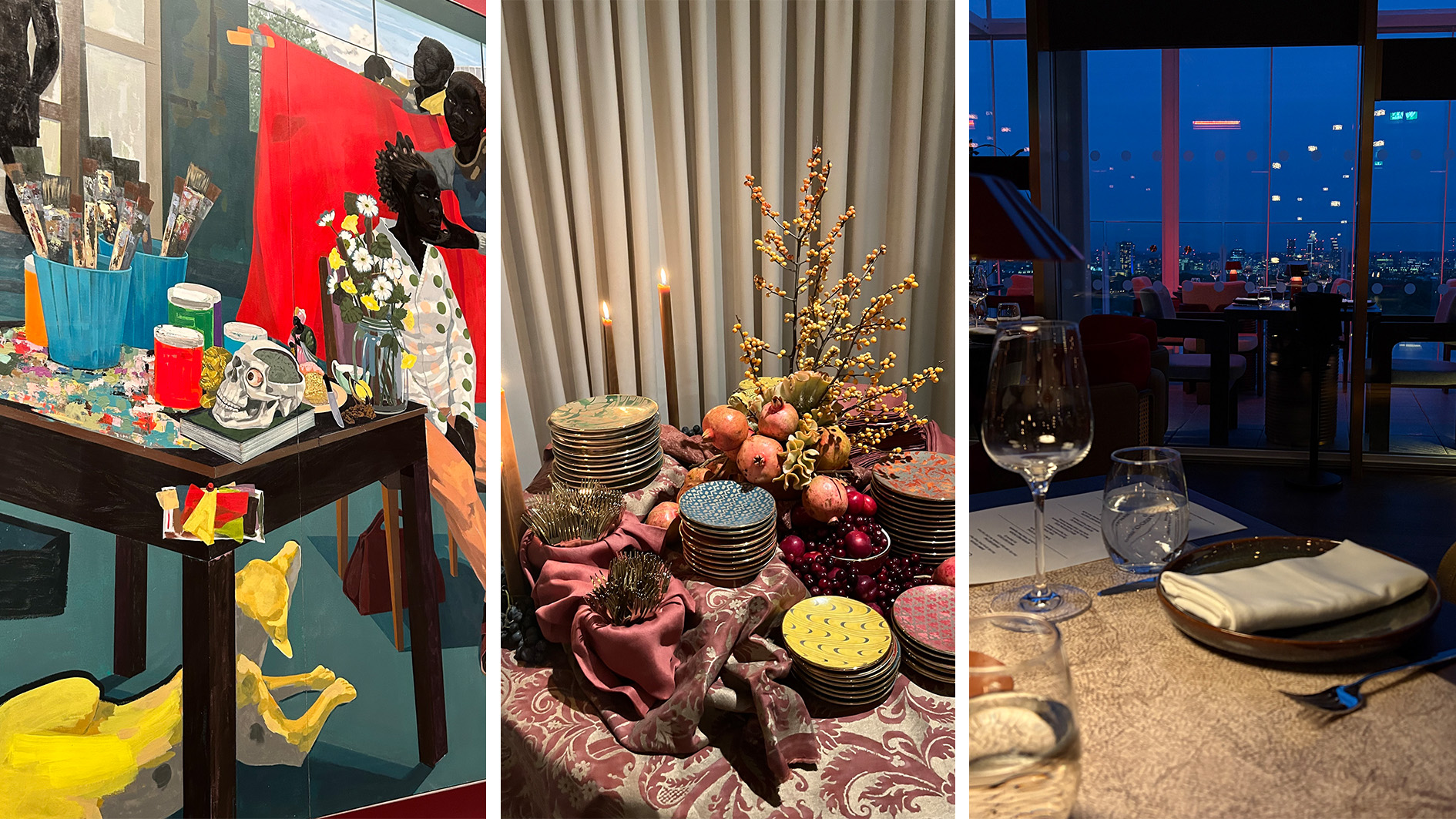 Out of office: The Wallpaper* editors’ picks of the week
Out of office: The Wallpaper* editors’ picks of the weekFrom sumo wrestling to Singaporean fare, medieval manuscripts to magnetic exhibitions, the Wallpaper* team have traversed the length and breadth of culture in the capital this week
-
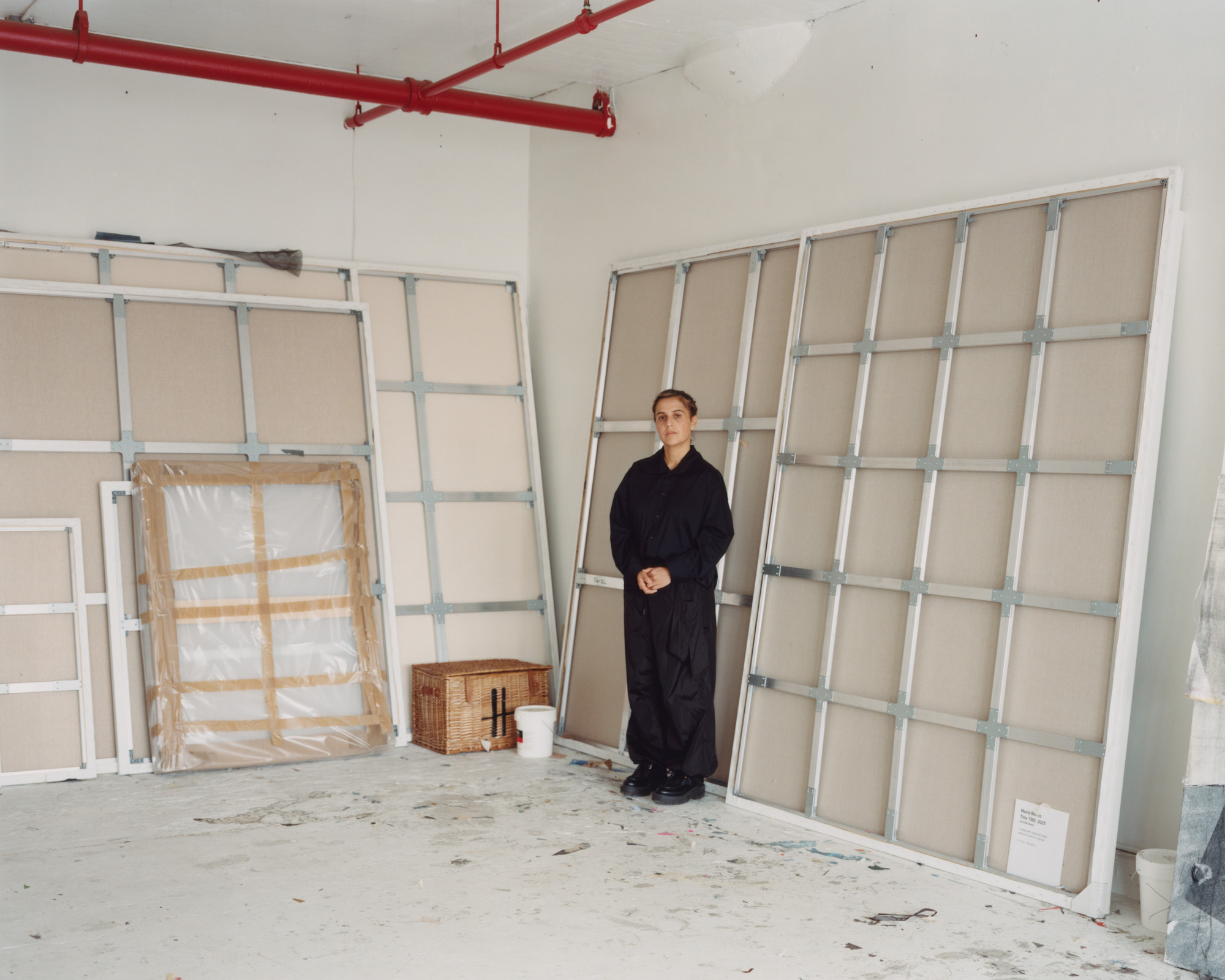 María Berrío creates fantastical worlds from Japanese-paper collages in New York
María Berrío creates fantastical worlds from Japanese-paper collages in New YorkNew York-based Colombian artist María Berrío explores a love of folklore and myth in delicate and colourful works on paper
-
 Out of office: the Wallpaper* editors’ picks of the week
Out of office: the Wallpaper* editors’ picks of the weekAs we approach Frieze, our editors have been trawling the capital's galleries. Elsewhere: a 'Wineglass' marathon, a must-see film, and a visit to a science museum
-
 June Leaf’s New York survey captures a life in motion
June Leaf’s New York survey captures a life in motionJune Leaf made art in many forms for over seven decades, with an unstoppable energy and fierce appetite leading her to rationalise life in her own terms.